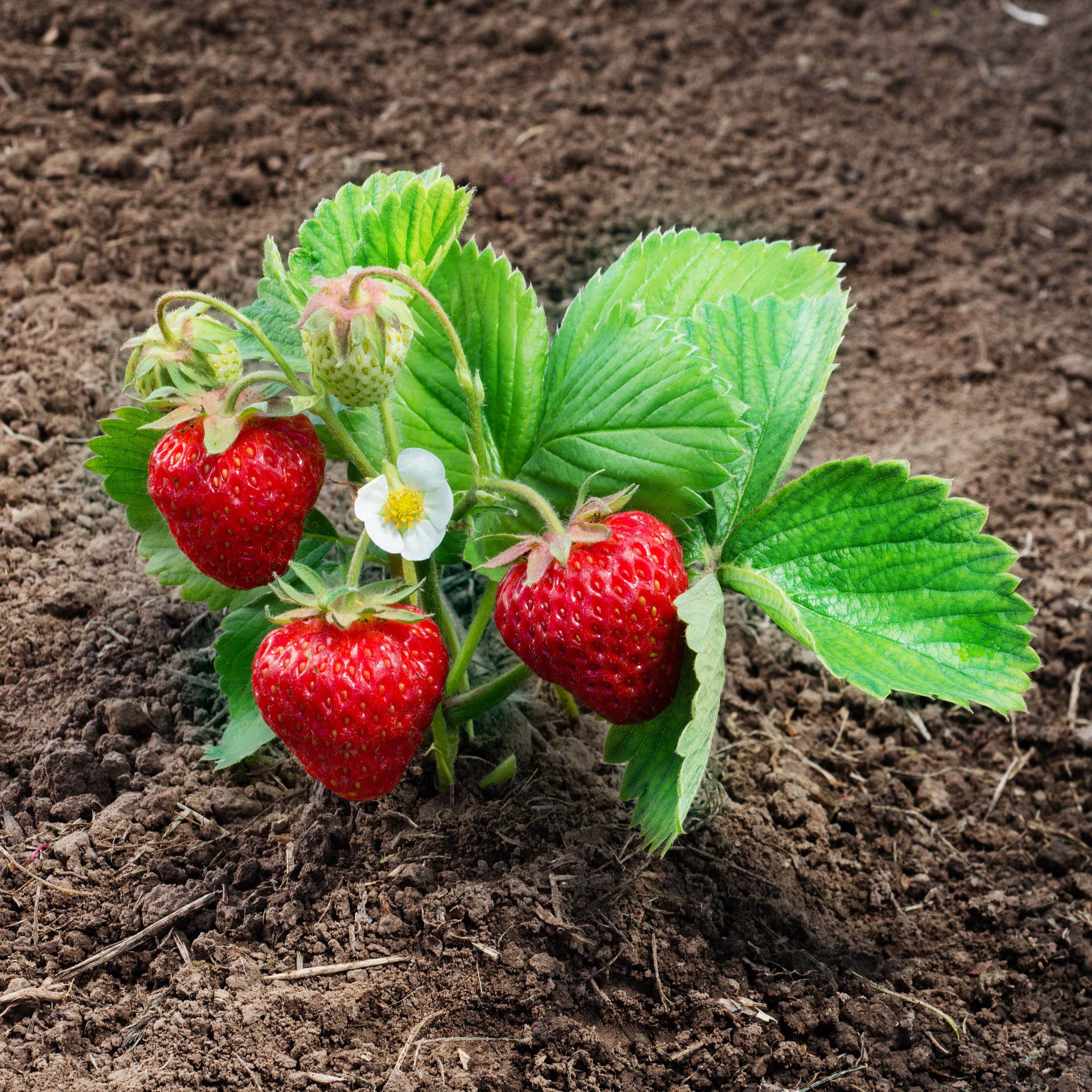The Sweet Saga of the Strawberry: From Wildling to Garden Gem
The strawberry, a beloved fruit enjoyed worldwide, holds a rich history and a fascinating biology. More than just a delicious treat, it represents a complex interplay of botany, horticulture, and culinary art. This extensive exploration delves into the strawberry plant, from its wild origins to its modern cultivation, uncovering the secrets behind its sweet success.
The strawberry plant, belonging to the Fragaria genus within the Rosaceae family, is a herbaceous perennial. Unlike what many believe, the “fruit” we eat is not a berry in the botanical sense. Instead, it’s an accessory fruit, where the fleshy part derives not from the plant’s ovaries but from the receptacle that holds the ovaries.
The Receptacle: The Heart of the “Fruit”

The receptacle, the swollen end of the flower’s stem, develops into the fleshy, edible portion.
The Vegetative Structure: A Network of Life
Crown: The central part of the plant, located at the soil surface, from which leaves, runners, and roots emerge.
The strawberry’s journey from wild plant to cultivated crop is a testament to human ingenuity and natural adaptation.
Wild Origins: A Global Distribution

Wild strawberry species are native to various parts of the world, including Europe, Asia, and North and South America.
The Accidental Hybrid: The Birth of the Modern Strawberry
The modern garden strawberry, Fragaria × ananassa, is a hybrid that resulted from the accidental cross-pollination of two North American species, Fragaria virginiana and Fragaria chiloensis, in Brittany, France, during the 18th century.
Growing strawberries can be a rewarding experience, providing a bountiful harvest of fresh, delicious fruit.
Choosing the Right Variety: A Matter of Preference
Strawberries are generally classified into three types: June-bearing, ever-bearing, and day-neutral.
Site Selection and Soil Preparation: Laying the Foundation
Strawberries prefer a sunny location with well-drained soil.
Planting and Spacing: Giving Room to Grow
Strawberry plants can be purchased as bare-root plants or potted plants.
Watering and Fertilizing: Nourishing the Plants
Strawberries need consistent moisture, especially during flowering and fruiting.
Mulching and Weed Control: Protecting the Crop
Mulching helps to retain moisture, suppress weeds, and keep the fruit clean.
Pest and Disease Management: Safeguarding the Harvest
Strawberries are susceptible to various pests and diseases, including slugs, snails, aphids, and fungal diseases.
Harvesting and Storing: Enjoying the Fruits of Labor
Strawberries are best harvested when they are fully ripe and still slightly firm.
The strawberry’s appeal extends beyond its cultivation and consumption, permeating various aspects of culture and cuisine.
Culinary Versatility: A Sweet Symphony
Strawberries are enjoyed in a multitude of ways, from fresh eating to being incorporated into desserts, jams, and beverages.
Cultural Symbolism: A Berry of Many Meanings
In various cultures, strawberries symbolize love, purity, and healing.
The strawberry industry is constantly evolving, with researchers and growers developing new varieties and cultivation techniques to enhance productivity and sustainability.
Breeding for Improved Traits: A Quest for Perfection
Breeders are working to develop strawberry varieties with improved flavor, disease resistance, and shelf life.
Sustainable Practices: Growing Greener
Growers are increasingly adopting sustainable practices, such as integrated pest management, reduced water usage, and organic farming.
Vertical Farming: The Future of Strawberry Production
Vertical farming, growing plants in stacked layers under controlled environmental conditions, is a promising approach for strawberry production.
The strawberry, a small but mighty fruit, has captivated human hearts and palates for centuries. From its wild origins to its modern cultivation, it represents a confluence of nature, agriculture, and culture. As we continue to innovate and refine our growing practices, the sweet saga of the strawberry is sure to continue, delighting generations to come.
